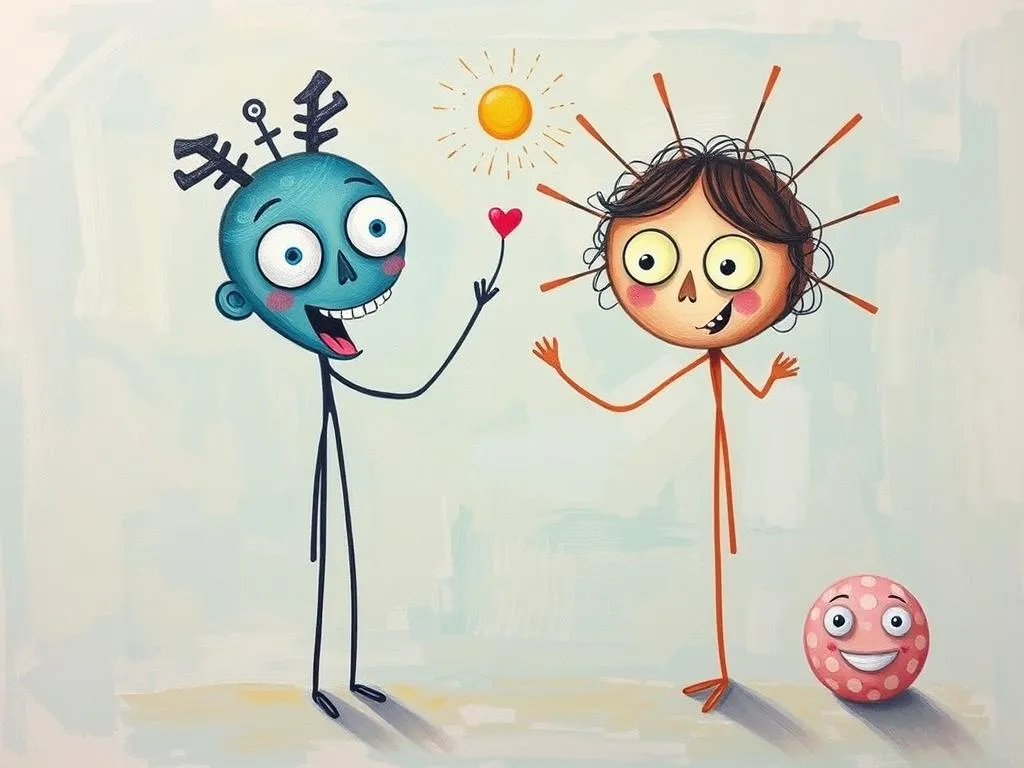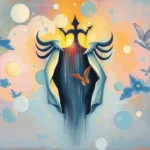
Have you ever woken up from a dream feeling a mix of confusion and curiosity? Dreams often weave intricate tapestries of our thoughts, fears, and desires. They are the subconscious mind’s way of communicating with us, sending us symbols and messages that can feel both familiar and perplexing. Understanding these symbols can feel like unlocking a treasure chest of insights about our lives, relationships, and inner selves.
Whether you dream of flying high above the clouds or find yourself lost in a maze of uncertainty, each symbol carries a unique significance that can be deciphered. In this article, we’ll embark on a journey through the dream world, exploring the meanings behind common dream symbols, analyzing various dream experiences, and uncovering how these revelations can lead to profound personal growth.
Dream Symbols: The Language of the Subconscious
Dream symbols are like the secret language of our subconscious mind, each carrying its own cultural significance and psychological weight. Understanding these symbols can provide clarity and insight into our waking lives.
One of the most common symbols encountered in dreams is water. Water often represents our emotions and the depth of our feelings. In various cultures, water signifies purification and rebirth. For example, in Jungian psychology, water is associated with the unconscious mind, suggesting that dreams involving water might be urging you to explore your emotional depths.
Another prevalent symbol is flight. Dreaming of flying can evoke feelings of freedom and liberation, yet it can also signify a desire to escape from reality. In some traditions, flight is seen as a connection to the spiritual realm, representing transcendence and the search for higher understanding.
Then there are animals, which often embody specific traits. Dreaming of a lion might symbolize courage and strength, while dreaming of a snake could reflect transformation or hidden fears. Each animal carries its own unique symbolism, shaped by cultural narratives and personal experiences.
Lastly, we cannot overlook the significance of places in our dreams. A familiar home might represent safety and comfort, while a dark forest could symbolize the unknown or a journey into your inner self. These settings can provide context for your emotional landscape and help you navigate challenges in your waking life.
By recognizing and interpreting these symbols, we can begin to understand the messages our dreams are trying to convey, leading to greater self-awareness and clarity.
Dream Journeys: Scenarios from the Subconscious Realm
To further illustrate the power of dream symbols, let’s explore a few scenarios that highlight common dream experiences. Each of these dreams can be analyzed for its deeper meanings and implications.
Scenario 1: The Endless Staircase
Imagine finding yourself on an endless staircase, climbing higher and higher but never reaching the top. This dream could signify feelings of inadequacy or the sense that you are endlessly striving for goals that seem just out of reach. It may reflect your waking life struggles with ambition and the pressure to succeed. Consider whether you are putting too much pressure on yourself or if there are external expectations weighing you down.
Scenario 2: The Inescapable Chase
In another dream, you might be running away from an unseen pursuer. This common dream of being chased often symbolizes avoidance—perhaps you are trying to escape from a situation or emotion that feels overwhelming. The pursuer could represent a fear or unresolved conflict in your life. Reflect on what you may be avoiding and consider facing it head-on for a sense of relief and empowerment.
Scenario 3: The Falling Experience
You find yourself suddenly falling, the ground rushing up to meet you. This dream can evoke feelings of vulnerability and loss of control. Falling often reflects anxieties about failing or feeling unsupported in your waking life. It might be a call to examine where in your life you feel unstable or insecure, and to seek support or grounding.
Scenario 4: The Lost Traveler
In this dream, you wander through a maze-like city, feeling lost and disoriented. This scenario can symbolize a search for direction or purpose. It may reflect feelings of confusion in your current life path or career. Use this dream as an opportunity to evaluate your goals and desires, and consider taking steps toward clarity and focus.
Scenario 5: The Naked Revelation
Lastly, you might dream of being naked in public, exposed and vulnerable. This dream often symbolizes feelings of inadequacy or fear of judgment. It can also represent a desire for authenticity and self-acceptance. Reflect on areas in your life where you might be hiding your true self, and consider embracing your vulnerabilities as a source of strength.
These scenarios reveal the intricate dance of our emotions and experiences, inviting us to confront our fears and aspirations.
Embracing Change: The Path to Personal Growth
Understanding our dreams is not just about deciphering symbols; it’s about using that insight to fuel personal growth. The revelations from our dreams can empower us to make meaningful changes in our lives. Here are some ways to apply dream insights to your personal journey.
Reflection and Journaling
After waking from a significant dream, take a moment to jot down your thoughts and feelings. This practice can help you capture the essence of your dreams before they fade away. Reflect on the symbols present and how they relate to your waking life. By engaging in dream journaling, you can track recurring themes and symbols, gaining deeper insight over time.
Mindfulness and Meditation
Incorporating mindfulness practices can deepen your understanding of your dreams. Spend time meditating on the emotions and symbols that arise in your dreams. This practice can help you connect with your inner self, allowing you to better understand the messages your subconscious is sending.
Seeking Support
Sometimes, discussing your dreams with friends or a counselor can provide new perspectives. Sharing your experiences can illuminate patterns you may not have noticed on your own. A supportive conversation can help you explore the emotions tied to your dreams and encourage you to take actionable steps toward personal growth.
Embracing Vulnerability
As we explored in the scenario of the naked revelation, embracing vulnerability can lead to authentic self-discovery. Allow yourself to be open to the insights your dreams provide. Rather than shying away from uncomfortable feelings, recognize them as opportunities for growth. Accepting and embracing your vulnerabilities can lead to a more empowered and fulfilling life.
Setting Intentions
Finally, consider setting intentions based on your dream insights. If a dream prompts you to confront a fear or pursue a passion, take tangible steps toward those goals. Whether it’s seeking a new job or addressing a relationship issue, allowing your dreams to guide your intentions can inspire meaningful change.
In conclusion, dreams are powerful tools for self-discovery and understanding. By unveiling the symbols within our dreams, we can navigate the intricate landscape of our emotions, fears, and desires. With reflection and intention, we can use the knowledge gained from our dreams to foster personal growth, leading to a more fulfilling and authentic life.
As you embark on this journey of understanding your dreams, remember: the answers you seek are often hidden within your own subconscious. Embrace the exploration, and allow your dreams to illuminate your path forward.







